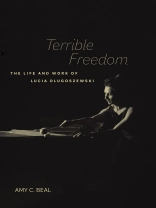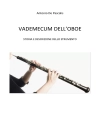From her childhood in Detroit to her professional career in New York City, American composer Lucia Dlugoszewski (1925–2000) lived a life of relentless creativity as a poet and writer, composer for dance, theater, and film, and, eventually, choreographer. Forging her own path after briefly studying with John Cage and Edgard Varèse, Dlugoszewski tackled the musical issues of her time. She expanded sonic resources, invented instruments, brought new focus to timbre and texture, collaborated with artists across disciplines, and incorporated spiritual, psychological, and philosophical influences into her work. Remembered today almost solely as the musical director for the Erick Hawkins Dance Company, Dlugoszewski's compositional output, writings on aesthetics, creative relationships, and graphic poetry deserve careful examination on their own terms within the history of American experimental music.
İçerik tablosu
Contents
List of Illustrations
Acknowledgments
Margins, Shadows, and Footnotes: An Introduction
1 • Lucille in Detroit (1925–48)
2 • Letters from New York (1949–51)
3 • New York Beginnings: A Broader View (1950–53)
4 • Expanding Creativity and Collaboration (1953–60)
5 • The Disparate Element (1960–70)
6 • Aesthetic Immediacy (1970–80)
7 • Rage (1980–87)
8 • Losses (1988–2000)
Out from the Shadows: A Conclusion
Appendix 1: Selected Works List
Appendix 2: Lucia Dlugoszewski–Erick Hawkins Collaborations
Appendix 3: Discography
Notes
Sources and Bibliography
Index
Yazar hakkında
Amy C. Beal is Professor of Music at the University of California, Santa Cruz, and author of New Music, New Allies: American Experimental Music in West Germany from the Zero Hour to Reunification, Carla Bley, and Johanna Beyer.












